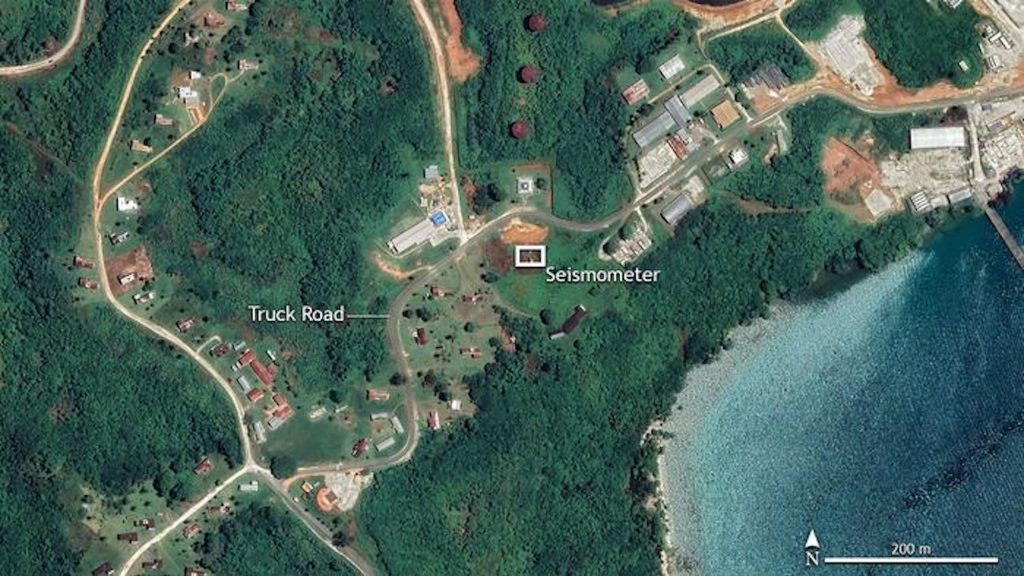Certainly a very bright fireball streaked through the sky. A bright ball of fire traveled through the air. North of Papua New Guinea, a fireball passed through the atmosphere on January 8, 2014. Divers also found materials at the bottom of the ocean near where experts thought the object landed. Harvard astrophysicist Avi Loeb suggested that some of these metallic spherules might be of extraterrestrial origin. However, the ground vibrations recorded at a seismic station are likely from something more ordinary. Avi Loeb put forward a theory. Some of these metallic spherules might be of extraterrestrial technological origin.related to advanced technology from outer space.These ground vibrations might not be as unusual as initially thought. impact on the ground. captured at a monitoring station on Manus Island likely came from a very large truck.
Johns Hopkins planetary seismologist Benjamin Fernando expressed this view on Thursday. stated on Thursday.
They will present their findings on March 12 at the annual Lunar and Planetary Science Conference in Houston, Texas. Lunar and Planetary Science Conference This will take place in Houston, Texas.
Even though it's tricky to prove what caused the signal, it's easier to show its similarities to known seismic information. isn’t through data collected by facilities in Australia and Palau has been used to support the more mundane explanation.
shift and match the path of a nearby road.
[Related: The approach scientists use to confirm signals of alien life..]
They used data from facilities in Australia and Palau designed to measure nuclear test sound waves to refine the location of the atmospheric event.
The fireball was actually located far from where the oceanographic expedition found the meteor fragments in 2023.
The new paper by the team clearly suggests that the alien theory is highly exaggerated or simply wrong.Seismic Data Analysis from the 2014 'Interstellar Meteor' indicates that it's probably not caused by aliens..’” Of the belief in aliens from outer spaceThe researchers have a low opinion of the alien theory and do not think the recovered material is likely from the meteor, let alone from outer space.
[Related: How storms on exoplanets could complicate the search for alien life.]
Around 50 tons of meteoritic material hit Earth every day, so it's possible that some of the fragments found on the ocean floor are from another meteorite. However, the team strongly doubts that it's from aliens. materials from meteors fall to Earth every day.
Disappointing? Maybe. But there will likely be many new UAP sightings to analyze. unidentified aerial phenomenon sightings in the future, particularly if people report their unexplained experiences to the government. share their own puzzling events with the government.
for a more detailed explanation, watch a livestream of next week's discoveries here.









